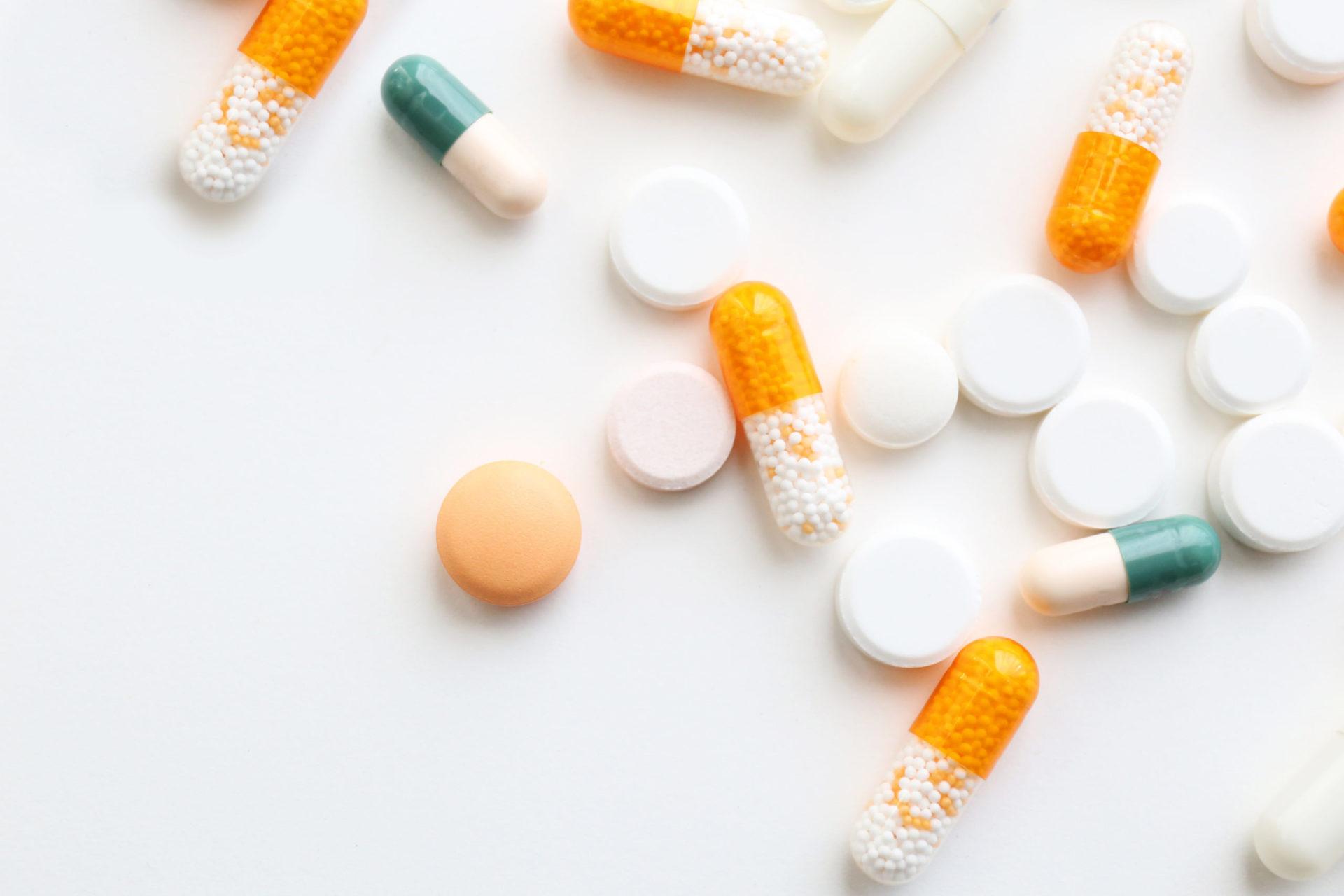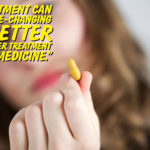Undoubtedly, the most effective interventions with the largest evidence base for the management of child and adolescent ADHD is medication, for the following reasons.
They have a sizable evidence base for their effectiveness.
They offer a window of safety that is incredibly well established.
They improve 70–90% of clinical cases, normalizing 50–60% of such cases.
They are convenient to administer.
They provide an alternative when psychosocial treatments produce side effects, do not work, or do not work well enough.
They are less expensive than psychosocial methods of treatment.
They can be used for years, even into and across adulthood.
They are active in community settings in which no caregivers may be present to provide active psychosocial treatment (unsupervised activities, driving alone or with friends, free time in schools, bus rides, etc.).
They reduce symptom severity and associated executive functioning–self-regulatory deficits.
They may reduce family stress, parent–child conflict, and adult–partner conflict.
They reduce risks of impairments in major life activities (home, school, peer group, community).
They reduce risks for some health-related problems (obesity, injuries, substance use, etc.).
They reduce risks for some comorbid disorders, both externalizing (oppositional, conduct) and internalizing (anxiety, depression).
They reduce the economic burden to families and society.
They may offer the possibility of neuroprotection (technically, neuroenhancement) over time (see the following section).




Responses